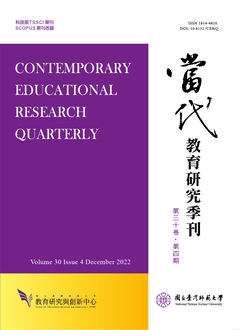

Large-scale assessments in education, such as IEA’s TIMSS and PIRLS,rely on sophisticated assessment instruments, elaborate sample designs, andleading-edge item response theory to meet their analytical objectives. Bothassessments provide a rich and complex database intended to support andpromote secondary analyses. This paper describes the complex internationaldatabase structures and the statistical methods and procedures for analyzingTIMSS and PIRLS data, with examples provided for illustration. Threeessential elements must be considered by researchers in any statisticalanalysis based on data from the TIMSS and PIRLS international databases.The first is the use of sampling weights in order to produce accurate andreliable results. Second, both assessments apply the Jackknife RepeatedReplication technique to derive proper estimates of sampling variance.Finally, with student achievement reported as sets of five plausible values,statistical analyses are performed five times, once for each plausible value,and the final results aggregated across the five plausible values.Researchers and users of the TIMSS and PIRLS international databaseswho conduct their analyses as described in this paper should feel confidentin the results their analyses will yield.

本著作係採用創用 CC 姓名標示-非商業性 3.0 台灣 授權條款授權.
本刊國立台灣師範大學教育研究與創新中心
106台北市和平東路一段162號 | 電話: 02-7749-3670 | E-mail: cerecerq@gmail.com
教創中心 | 師大 | 電子報 | 線上投審系統
本刊由國家科學及技術委員會人文社會科學研究中心補助經費
© 2014 CERI-NTNU
